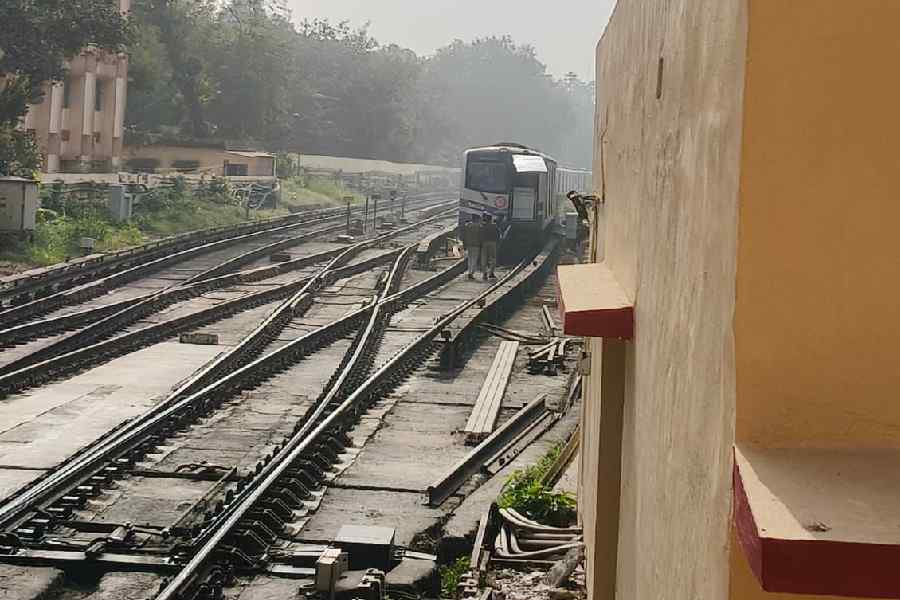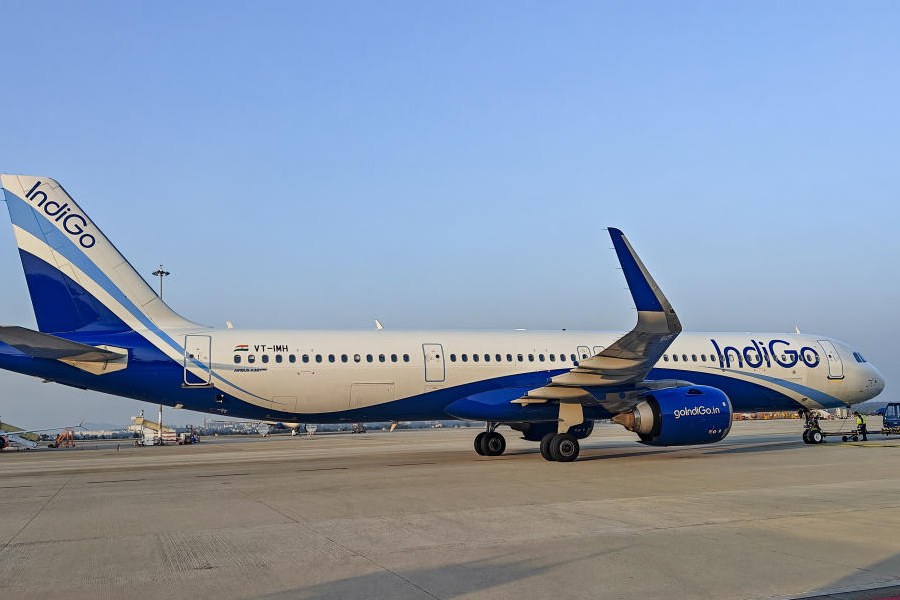 |
| Wen Jiabao waves as he arrives for talks with Manmohan Singh. |
New Delhi, April 11: Wen Jiabao this afternoon crossed a bridge all Chinese leaders had shunned for 30 years. Then he unfurled a roadmap to build a ?new bridge of friendship? to the future.
The Chinese Premier has put it in black and white that Sikkim is part of the Indian Republic.
Minutes after he signed a joint statement with Prime Minister Manmohan Singh, Wen pulled out a copy of the latest world map brought out by the Chinese government and pointed out to his hosts that Sikkim has been shown with the rest of India.
The gesture did add a dramatic element to the long-expected formalisation. But more far-reaching was another feature in the joint statement ? the world?s two most populous nations will enter into a ?strategic and cooperative? partnership.
?We are going to put in place a bridge of friendship linking our two countries, a bridge that will lead both of us to the future,? Wen said.
Singh and Wen also agreed on a roadmap to settle the boundary dispute involving Arunachal Pradesh and Aksai Chin which is now in China. The two leaders signed several agreements that will allow more passenger flights between the two countries, efforts to boost trade and expanded military cooperation.
 |
Till now, India and China had confined themselves to a ?cooperative? partnership. Now the word ?strategic? has been prefixed to the relationship. The label ?strategic? has several connotations. Couched in diplomatese, the statement suggested that the new partnership need not be limited to bilateral issues and can cover global concerns.
?As two large developing countries, both India and China were aware of each other?s important role in the process of promoting the establishment of a new international political and economic order,? the statement said.
?Both sides share common interests in the maintenance of peace, stability and prosperity in Asia and the world at large, and share the desire to develop closer and more extensive understanding and cooperation in regional and international affairs.?
Keen not to cause too much concern among the other big powers and allay suspicion of a new axis in the region, India later clarified its position on the ?strategic? partnership. ?It is not a military alliance and not directed against this or that region? The main aim of this partnership was for peace and prosperity,? foreign secretary Shyam Saran said.
Saran said the success of the Premier?s visit and his discussions with the Indian leadership lies in the fact that India and China now see each other as partners, not rivals.
He pointed out that though there were bound to be fields where they would compete with each other, the ?new maturity? in relations will help the two sides look at greater areas where they can complement each other and cooperate.
Emphasis has been given to the economic front and the countries have decided to start a financial dialogue. The trade volume between the two has already reached over $13.6 billion. But they now want to achieve $20 billion by 2008 and start negotiations on setting up an India-China Regional Free Trade Arrangement.











